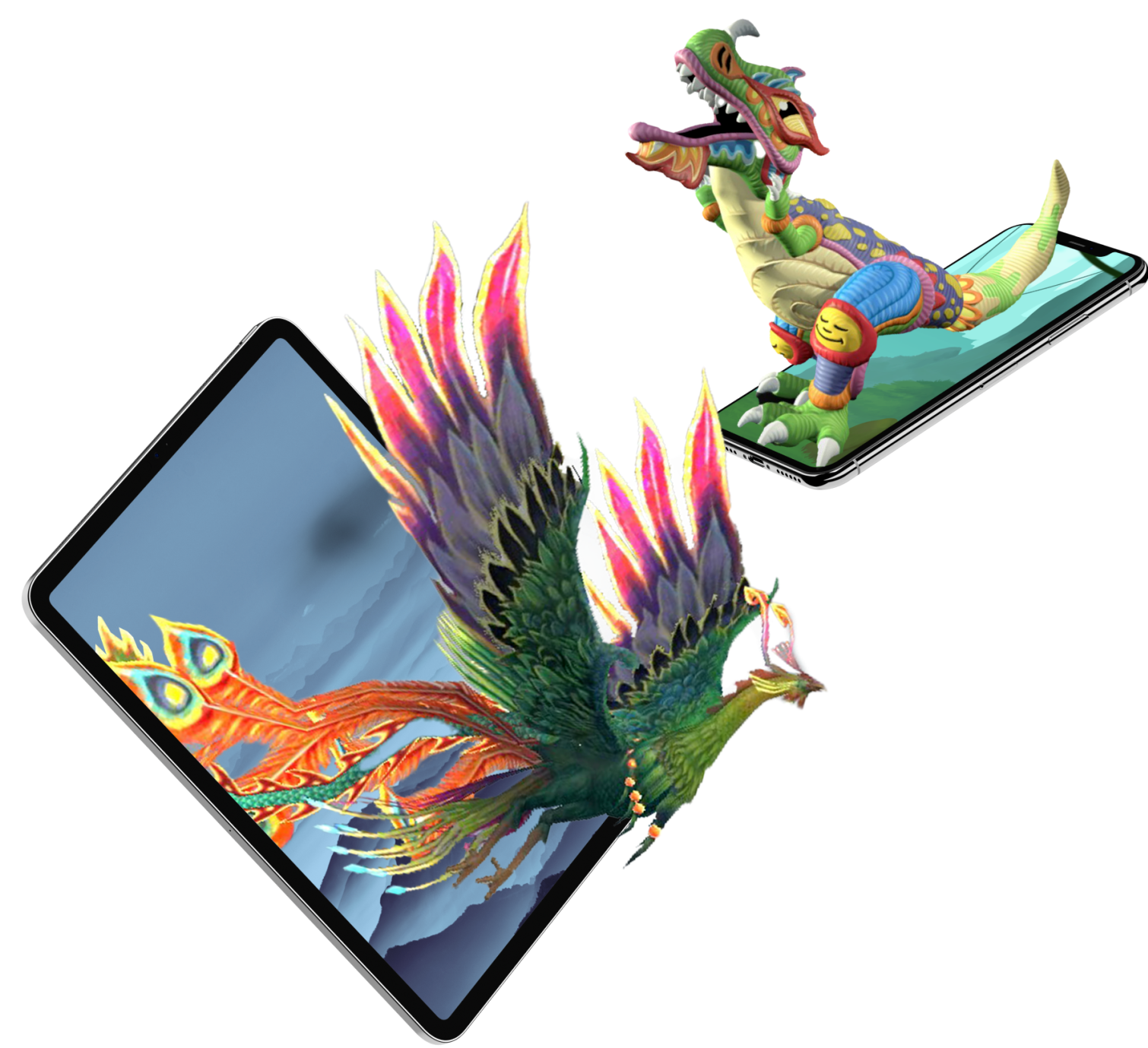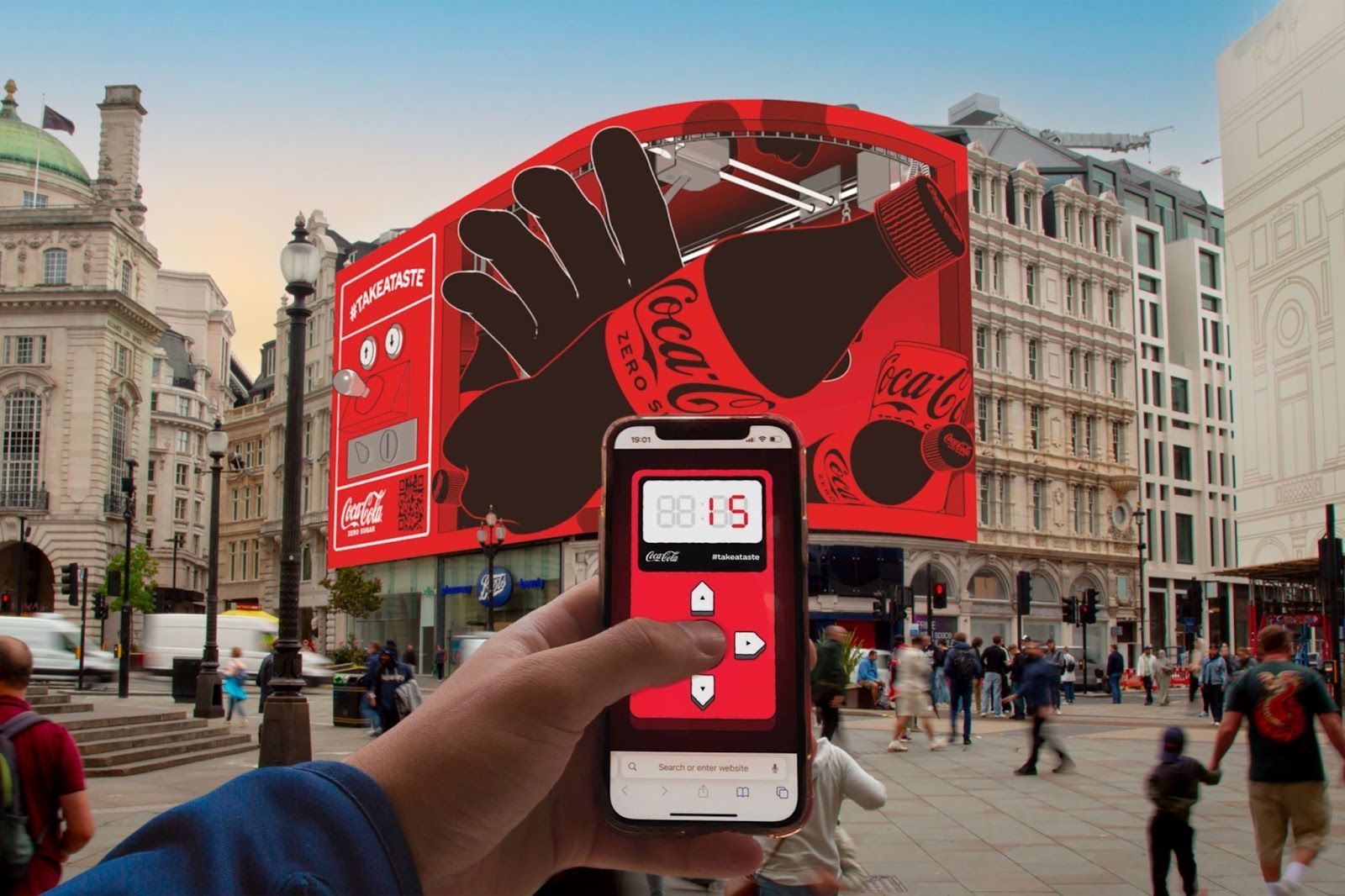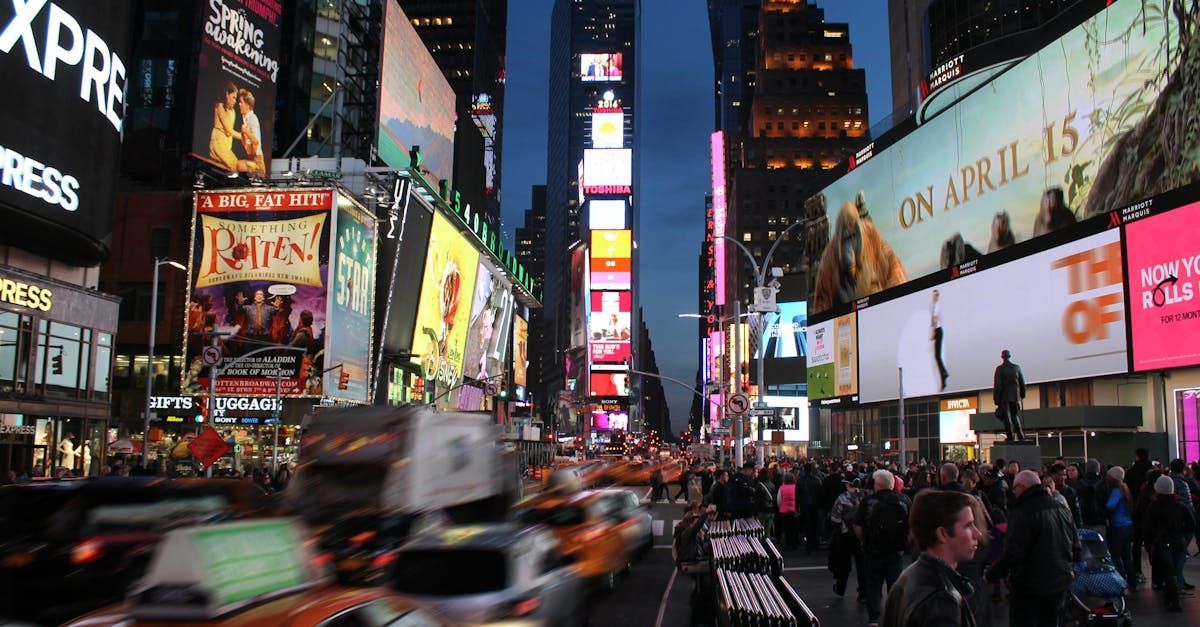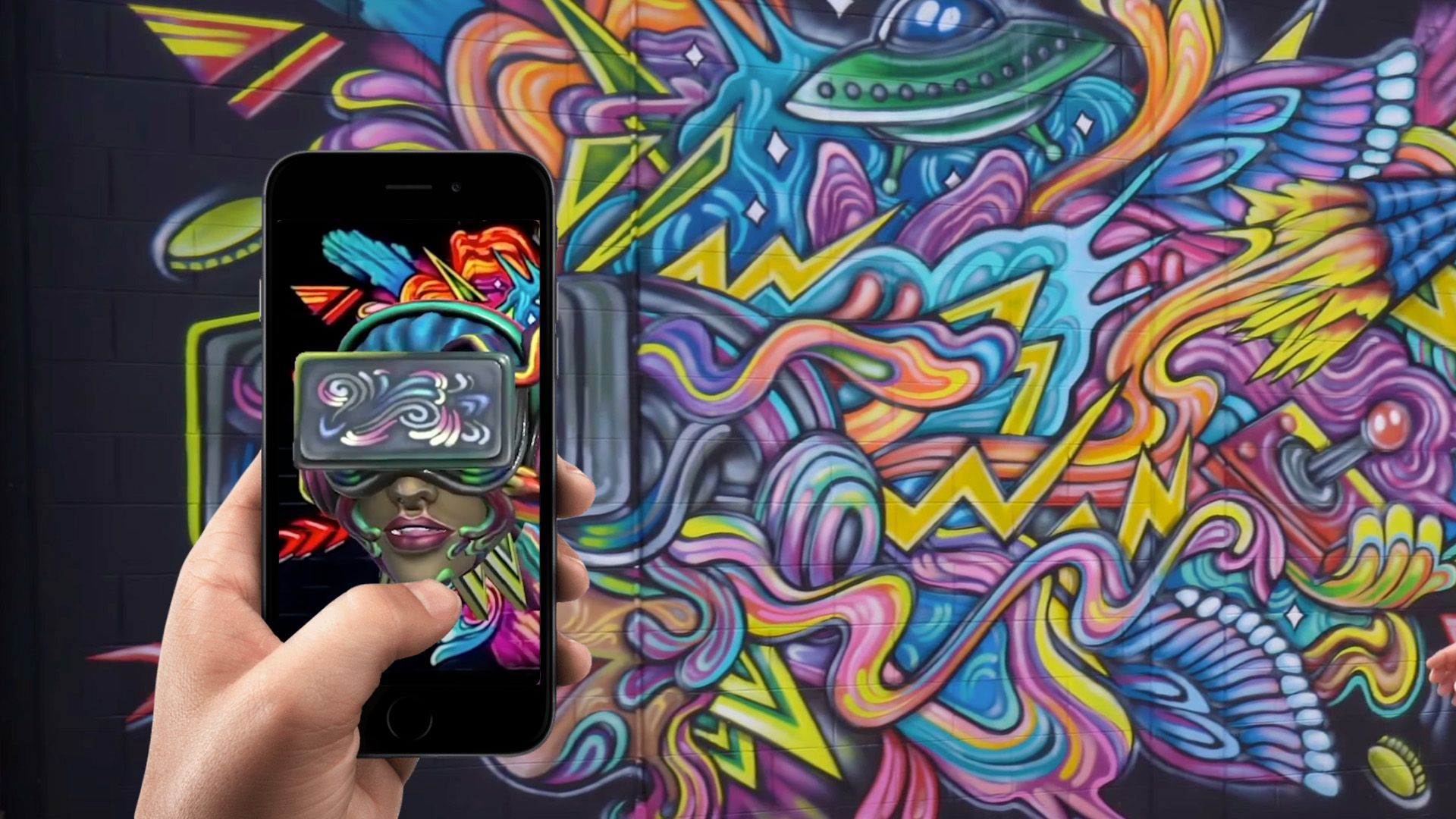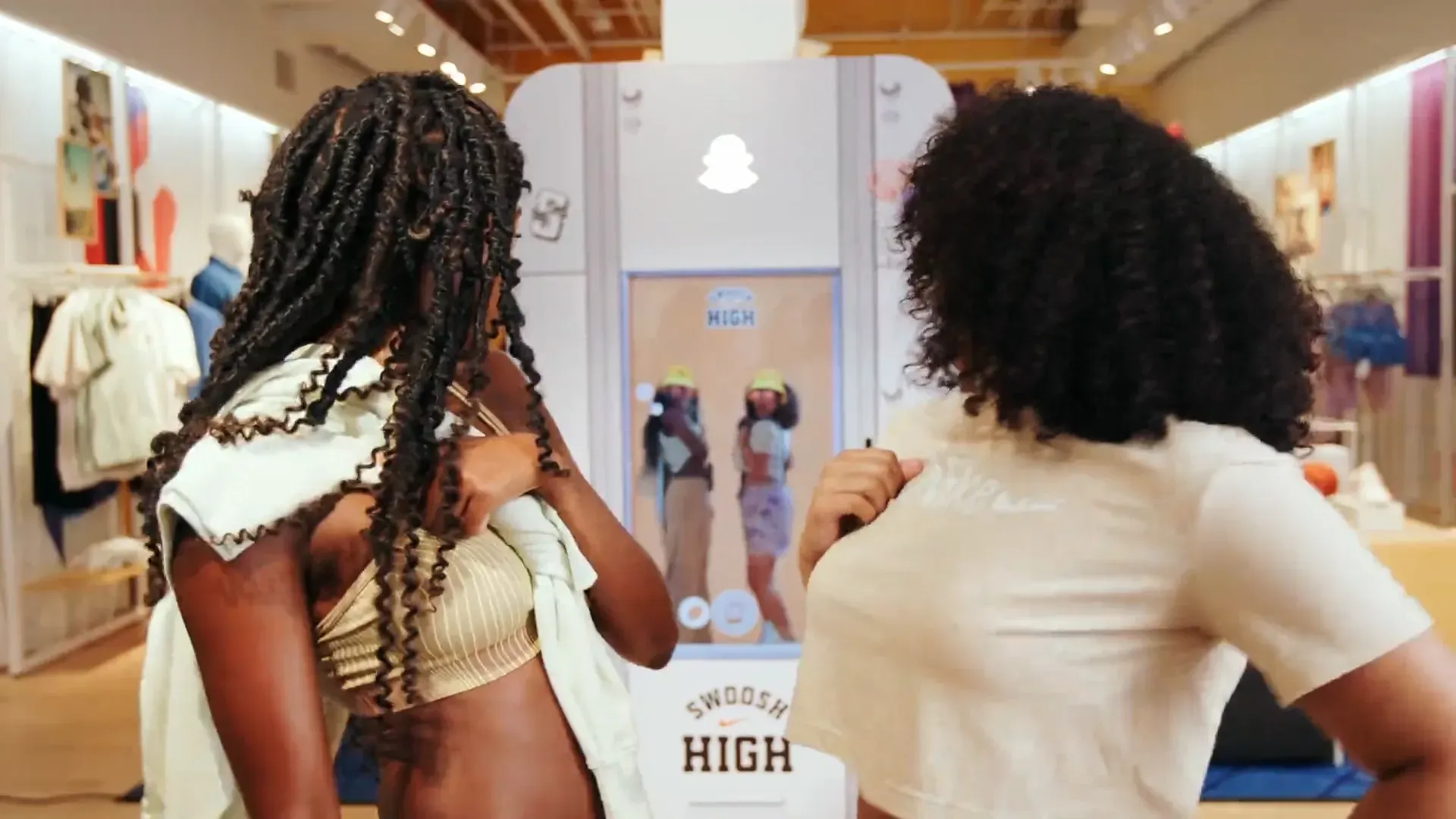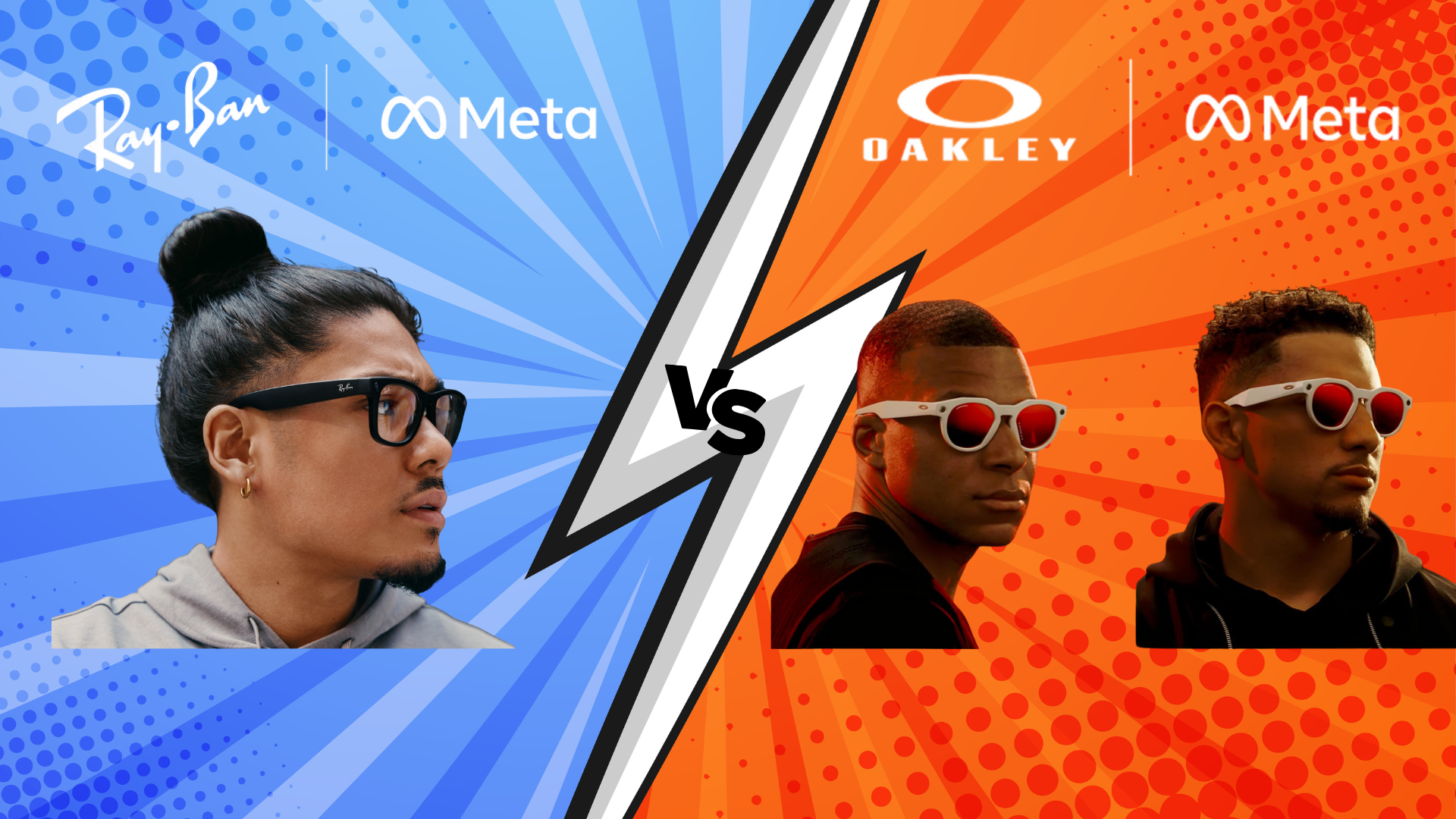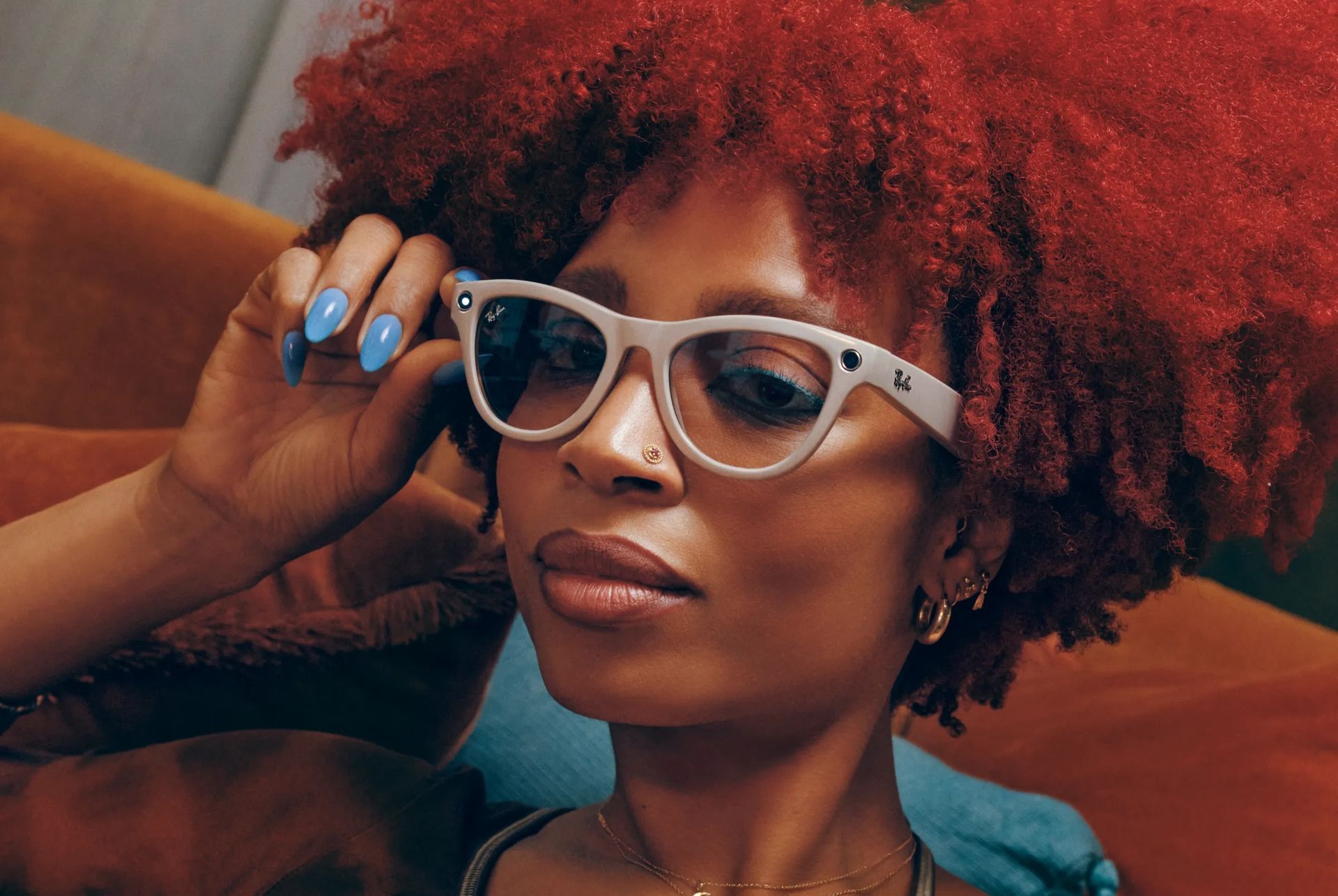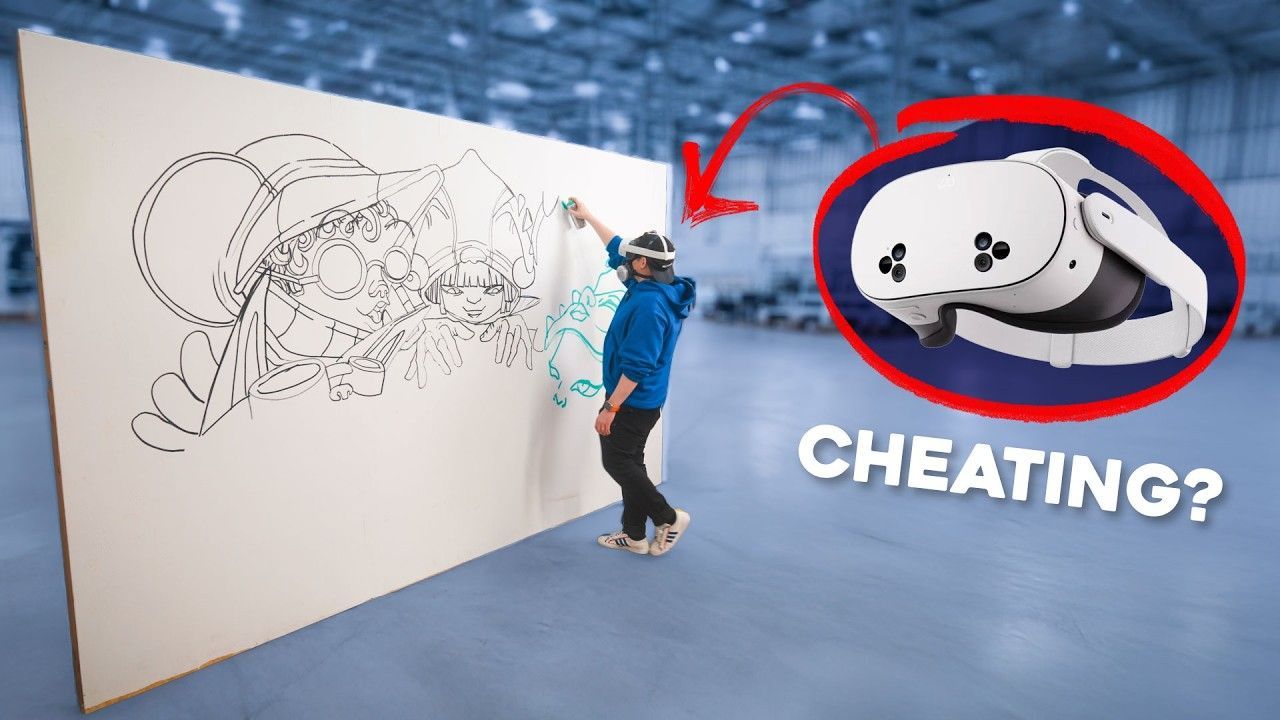What is an Avatar, and How to Create a Metaverse Avatar?
Understanding Avatars: A Brief Introduction
Ever scrolled through a forum and seen a little icon next to a user's name? That's an avatar. But what exactly is it? Well, historically speaking, the term "avatar" finds its roots in Hindu mythology, where it refers to the incarnation of a deity on earth. In the digital age, though, it's taken on a different meaning.
Origins of Avatars
In the realm of technology, an avatar refers to a graphical representation of a user. It could be a two-dimensional icon or a three-dimensional model. Remember the days of Yahoo chat rooms? Those tiny pictures you'd pick to represent yourself? Yep, those were avatars.
Why Avatars are Crucial Today
Now, you might wonder, why do we even need these avatars? Simple. They act as our virtual identities. Whether you're in a gaming environment, social media, or a professional forum, avatars provide a semblance of identity without revealing our true selves.
Diving Into the Metaverse
Alright, let's venture into a newer concept: the Metaverse. Sounds like something out of a sci-fi novel, doesn't it? But it's rapidly becoming a reality.
What is the Metaverse?
Imagine an interconnected set of virtual universes, each with its own set of rules, physics, and designs. That’s the Metaverse. It's a collective virtual shared space created by the convergence of virtually enhanced physical realities.
Role of Avatars in the Metaverse
In the Metaverse, avatars are more than just icons. They're full-fledged characters. Think of them as your digital selves, walking, talking, interacting, and even doing business in the Metaverse!
Step-by-Step Guide to Creating Your Avatar
If you're excited about diving into the Metaverse, you'll need an avatar. But how do you go about creating one? Let’s break it down.
Picking the Right Platform
The first thing you need to do is pick a platform. Just as you'd pick a canvas before painting, you need to decide where your avatar will reside.
Best Platforms to Consider
There are several platforms out there like VRChat, Roblox, and Decentraland that offer extensive tools to design and animate avatars. Choose one that aligns with your vision and technical expertise.
Designing Your Avatar
Now comes the fun part. Designing! Will you have funky hair? A classic suit? Maybe wings? The sky's the limit. But remember to infuse some of your personality into your avatar. After all, it's an extension of you.
Tips for a Unique Design
Keep it simple but significant. Use colors wisely and try to reflect a bit of your essence. Remember, your avatar is like your virtual business card in the Metaverse.
Animating and Giving Life to Your Avatar
Once the design is complete, breathe life into your avatar. Many platforms offer simple drag-and-drop tools to animate your creation. Add gestures, movements, and make it as lifelike as you want!
Ensuring Your Avatar's Security
With great avatars comes great responsibility. Just like you'd protect your online data, you need to ensure your avatar is safe.
Why Security Matters
In a digital age, identity theft isn't just limited to the real world. In the Metaverse, avatars can be stolen, replicated, or even misused.
Best Practices
Always ensure you're using trusted platforms. Regularly update passwords and use two-factor authentication wherever possible.
Conclusion
Avatars are more than just digital icons. They're a bridge between our physical and virtual realities, especially in the Metaverse. As the digital realm expands, the importance of having a unique and secure avatar will only grow. So, are you ready to create your Metaverse avatar?
FAQs
- What's the difference between an avatar and a profile picture?
- An avatar is a digital representation of a user, while a profile picture is a photo of the user themselves or something they associate with.
- Can I use the same avatar in different Metaverse platforms?
- It depends on the platforms, but some allow imports and exports of avatars.
- Do I need technical skills to create an avatar?
- Basic avatars can be created without technical knowledge, but for more intricate designs, some technical know-how can be beneficial.
- Is there a cost associated with creating avatars?
- Some platforms offer free tools, while others might charge for advanced features.
- Can I change my avatar once I've set it?
- Absolutely! Most platforms allow you to update or change your avatar as you evolve.
TALK TO A PRO
We're here to bring your brand to life!
Stay Connected with BrandXR
Create Augmented Reality for Free!
Create, Publish, and Measure 3D Augmented Reality Experiences Without Having to Code.
